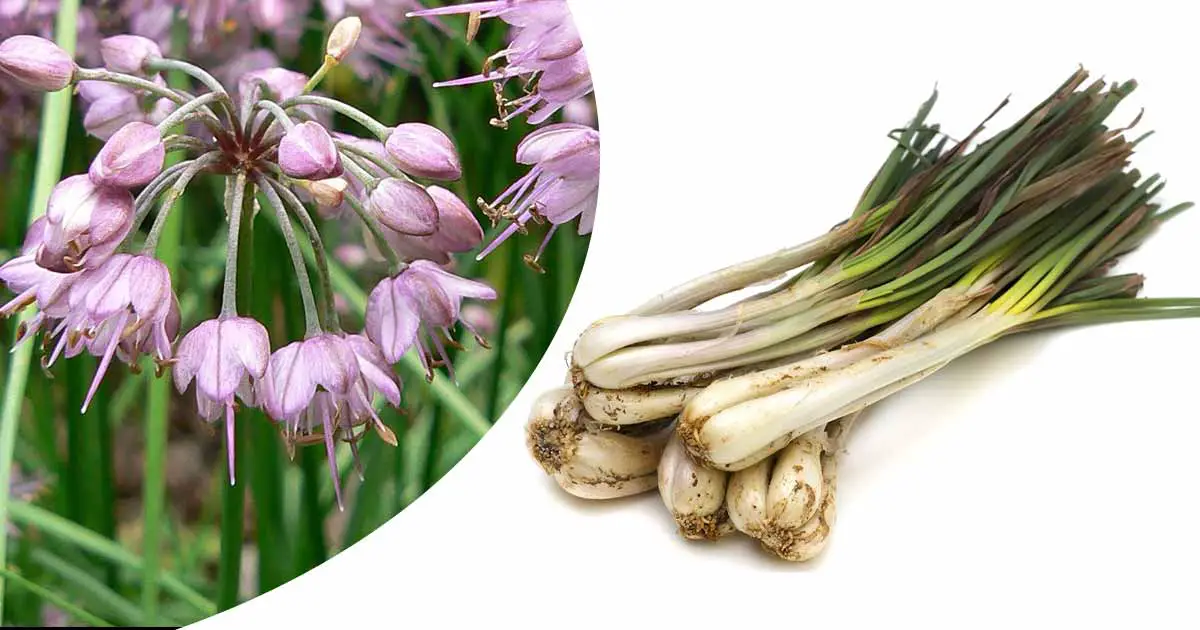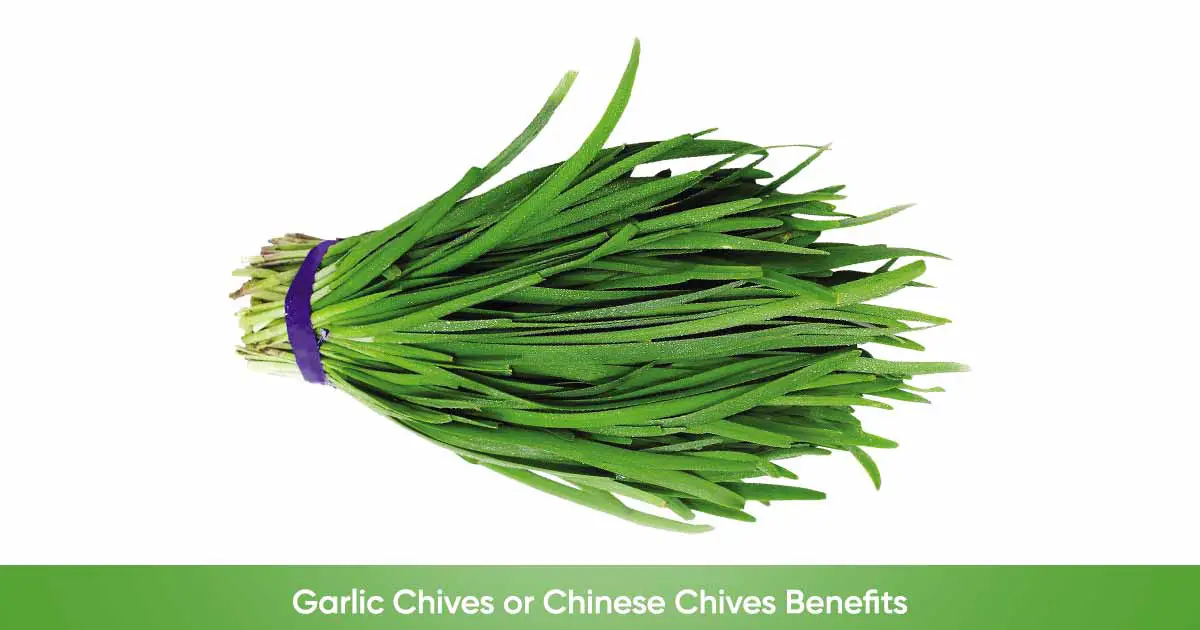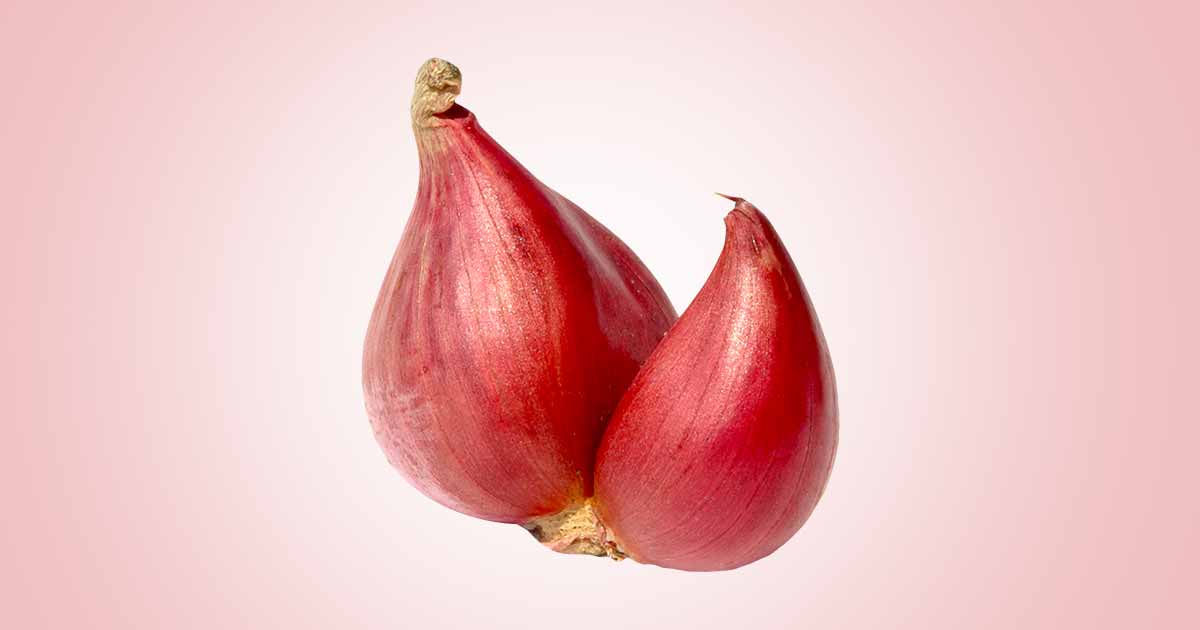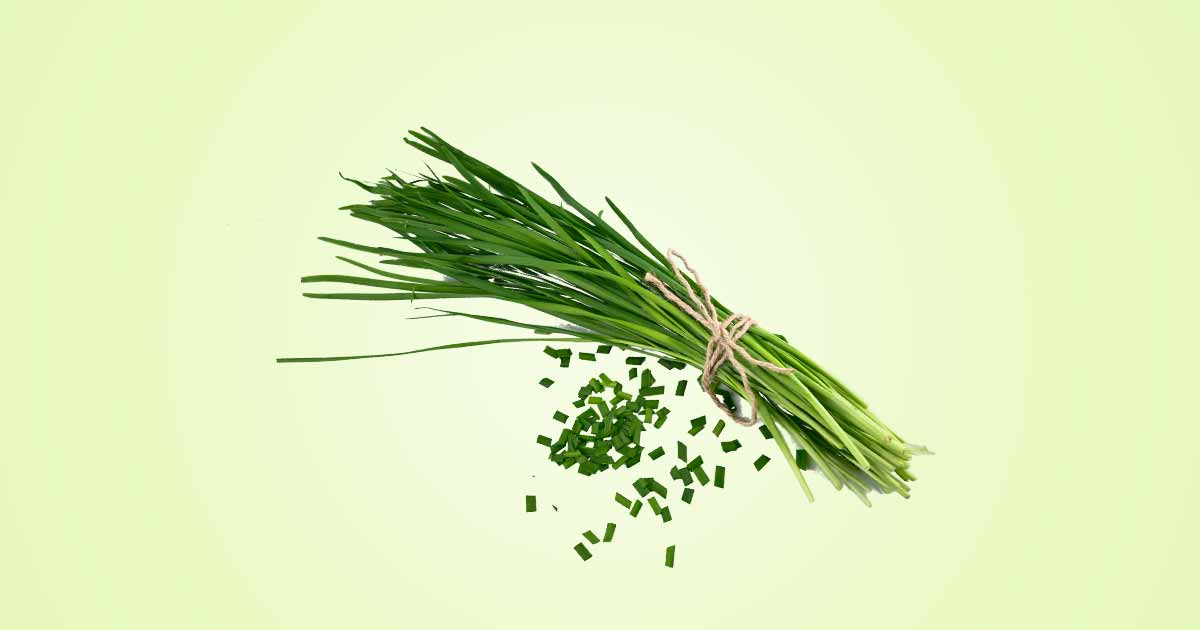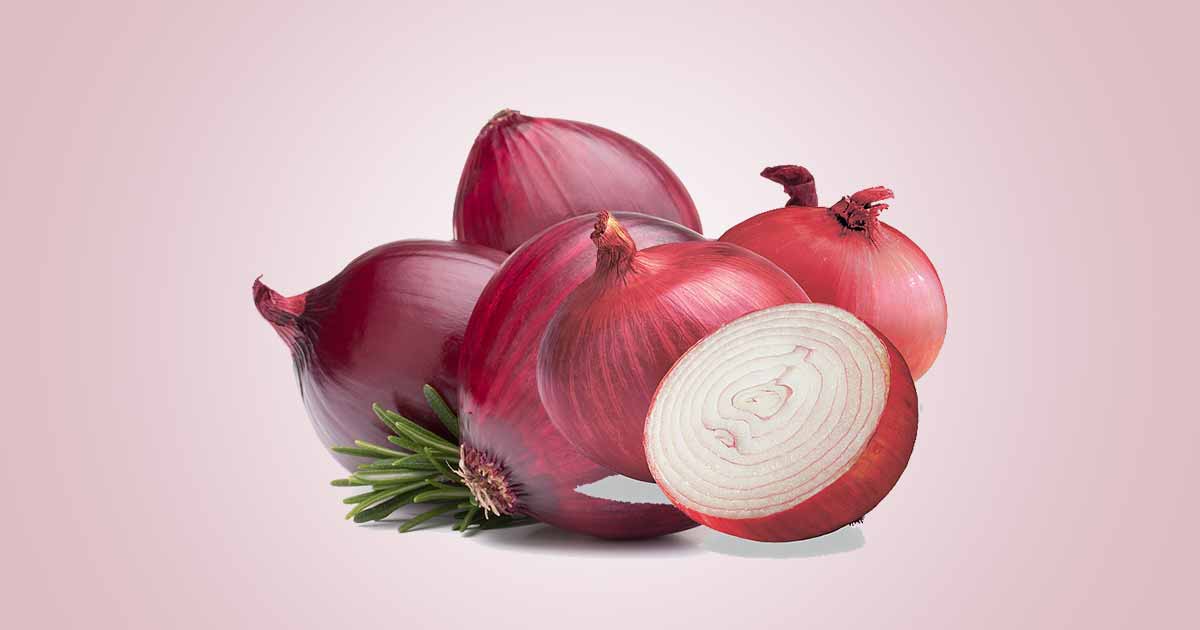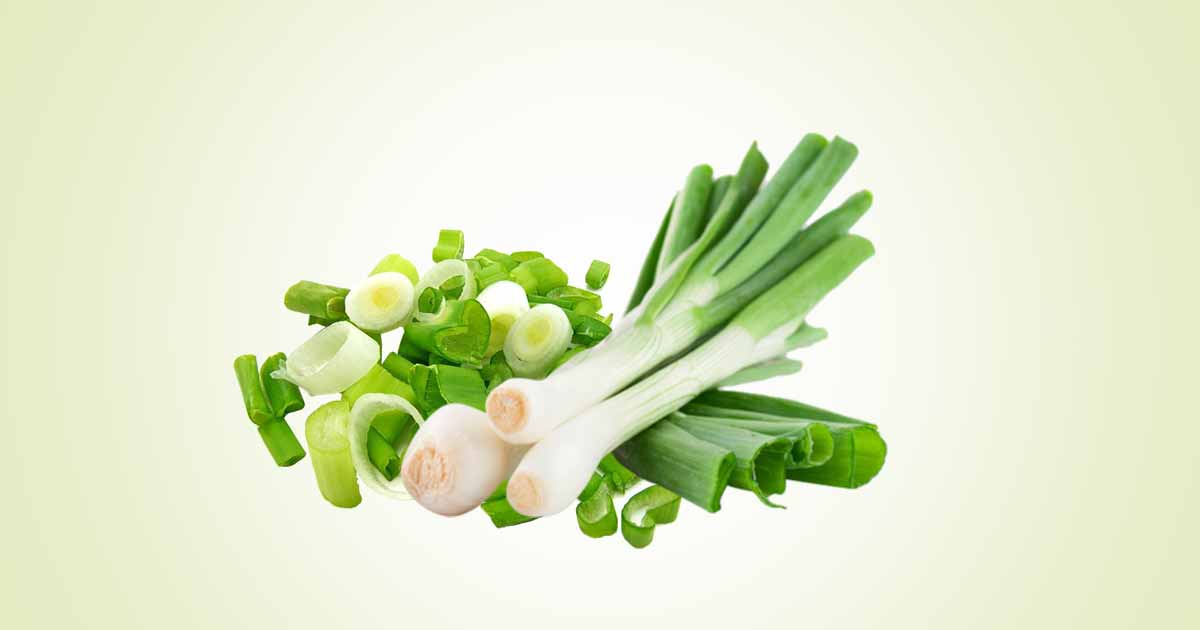Chinese onion (A. Chinense), also called oriental onion, Chinese jiaotou, is a hardy which grows as a dense evergreen clumps with small, pretty, deep rose pink flowers. It is a medicinal and aromatic herbal plant from the Amaryllidaceae family. It is a close relative of onion, shallot, leek, chives, and garlic.
Allium chinense can grow up to 0.5 m and produces evergreen bulbs. Chinese onion has a purplish or grayish white bulb which is covered by a semi-transparent, dry membranous skin, a long green stalks, and tiny, purple flowers. The hollow bright green leaves, chive-like, and grows in clumps forming
many well-developed bulbs.
It is native to China, and grown mainly in provinces such as Anhui, Fujian, Guangdong, Guangxi, Guizhou, Hainan, Henan, Hubei, Jiangxi, and Zhejiang, and in Japan, Korea, Vietnam, Mongolia, and Russia. Other names of Chinese onion include rakkyo in Japan or yeombuchu in Korea. Chinese onion has a strong onion-like aroma, crisp texture and pungent taste. It is very popular in Japan.
Chinese onion has astringent, carminative, stomachic, and expectorant effect. The properties have been utilized in treating bronchitis, diarrhea, platelet aggregation, and angina pleurisy. It has a warm taste which is used to treat phlegm, indigestion, intestinal worms.
The bulb has been used in traditional Chinese medicine, “Xiebai” to treat thoracic pain, stenocardia heart asthma, and stagnant blood.
Chinese Onion is used to make pickles (sweet pickles with sugar or sour pickles together with salt and vinegar), or as side dishes in Japan and Vietnam due to the mild and fresh taste. The fresh leaves and bulbs are edible, and can serve as garnish on salads.
Constituents
Allium plants contain oregano-sulfur compounds (sulfides, disulfides, trisulfides, and tetrasulfides with
ethyl, butyl, and pentyl groups), as the main constituents. It gives it the onion flavor. Other constituents include saponins (steroidal saponins, furostanol saponins like chinenosides II and III, spirostanol steroids), nitrogen-containing constituents, amino acids, polysaccharides, sulfur, organic acids, nitrogen, and flavonoids compound. Flavonols include quercetins and quercetin glycosides.
Baba et al. (2000) reported the isolation of two saponins, xiebai-saponin I, and laxogenin 3-O-α-arabinopyranosyl, the aglycone, laxogenin, two chalcones, isoliquiritigenin and isoliquiritigenin-4-O-glucoside, and β-sitosterol glucoside.
The volatile constituents in the bulb include 2-methyloctacosane, tetracontane, eicosane, 10-methyl, heneicosane, octadecyl trifluoroacetate, and 1-heneicosanol. The leaf extract contains phytol, tetratetracontane, perhydrofarnesyl acetone, and heptadecane, 2,6-dimethyl, among others.
Nutritional Composition
A 100 g of Chinese onions contain about 87.9 g water, 8.0 g carbohydrates, 1.6 g protein and 1.2 g cellulose. Minerals such as calcium, magnesium, and phosphorus are abundant; while, iron, copper, manganese, strontium, and zinc are present as trace elements.
The root contains more crude fiber than the bulb, while the bulb contains more N-free extract (71%) and pentosan. Soluble sugars both reducing sugars like glycose and fructose, and non-reducing
sugars, such as fructo-oligosaccharides and fructans, are found in the leaves and bulb.
There are carotene, vitamin C, 16 amino acids, garlic sugars, acid, volatile oil, which contribute to the unique flavor.
- Vitamins: Vitamin C, B1
- Amino acids: Lysine, alanine, methionine, arginine, glutamate, γ-aminobutyric acid, B acid serine, aspartyl acid threonine, leucine isoleucine.
Health Benefits of Chinese Onions
Chinese onion has antioxidant, antimicrobial, anticancer, anti-diabetic, anti-inflammatory, anti-hyperlipidemic benefits.
Antioxidant effect:
Extract and essential oils of Chinese onions and leaf possess antioxidant effect, and helps to scavenge free radicals in the body.
Antimicrobial activity:
The leaf and bulb extract of Chinese onion inhibit bacteria such as the gram-positive Staphylococcus aureus and the gram-negative bacteria Pseudomonas aeruginosa. The leaf extract has more activity against the fungi, Aspergillus niger.
Anticancer effect:
Allium genus exhibit anticancer property through induction of apoptosis, antioxidant capacity, prevention of proliferation, inflammation, different stages of formation, growth, differentiation, and metastasis of cancer cells
Chinese onion contains anticancer compounds such as laxogenin and spirostanol steroids. Laxogenin has antitumor activity against stage-two lung carcinogenesis. Other anticancer compounds include S-allyl mercaptocysterin, quercetin, flavonoids, and ajoene.
According to Xiao et al., 2015, a steroidal saponin isolated from Allium chinense simultaneously induced apoptosis and autophagy through modulation of the PI3K/Akt/mTOR signaling pathway in human gastric adenocarcinoma.
Lipid lowering/antiobesity effect:
The essential oil extract reduced the serum and hepatic total cholesterol, triglyceride, and low-density lipoprotein levels, while increasing serum high-density lipoprotein levels in high fat-diet wistar rats (Lin et al. (2016).
Also, steroidal saponin isolated from the bulbs of Allium chinense inhibit porcine pancreatic lipase activity (Huili Xie et al. 2023). The oils also reduce obesity by reducing body weight, adipose tissue weight and serum lipid profiles.
Antiplatelet activity:
Nitrogenous constituents (new phenolic amides called alichinemide I and alichinemide II) in A. chinense showed inhibitory activity against platelet aggregation (Peng, Qiao, & Yao, 1995).
Cardiovascular effect:
The steroid compounds from the bulb have a protective effect against cardiac injuries induced by oxidative stress.
Anti-inflammatory:
Steroidal saponins in Chinese onions have potential anti-inflammatory activity, and could be useful in treating inflammation related diseases.
Insecticidal activity:
The essential oil of A. chinense has strong insect repellant, contact, and fumigant toxicity against the booklice, and other pests.
References
- https://fjps.springeropen.com/articles/10.1186/s43094-020-00100-7
- https://www.fspublishers.org/Issue.php?no_download=published_papers/99734_..pdf&issue_id=430
- https://www.sciencedirect.com/science/article/pii/S167463842300014X
- https://www.spadefootnursery.com/blog/2019/12/22/the-chinese-onion
- https://www.researchgate.net/publication/344406668_Chinese_Onion_Allium_Chinense_an_evergreen_vegetable_A_brief_review

